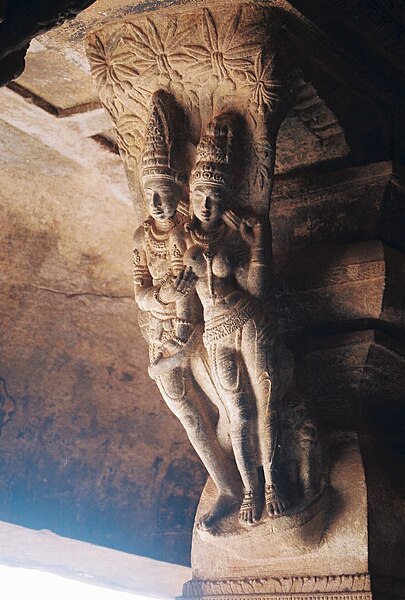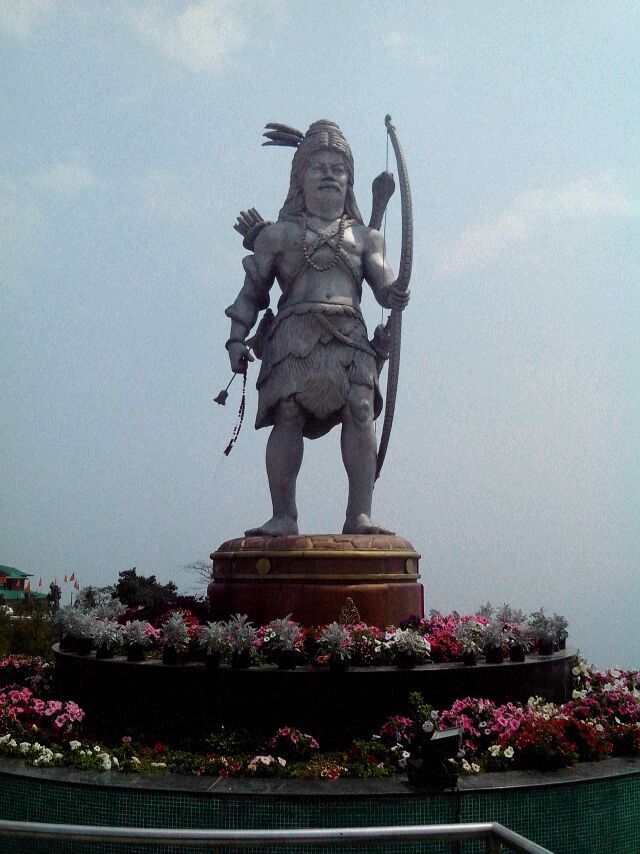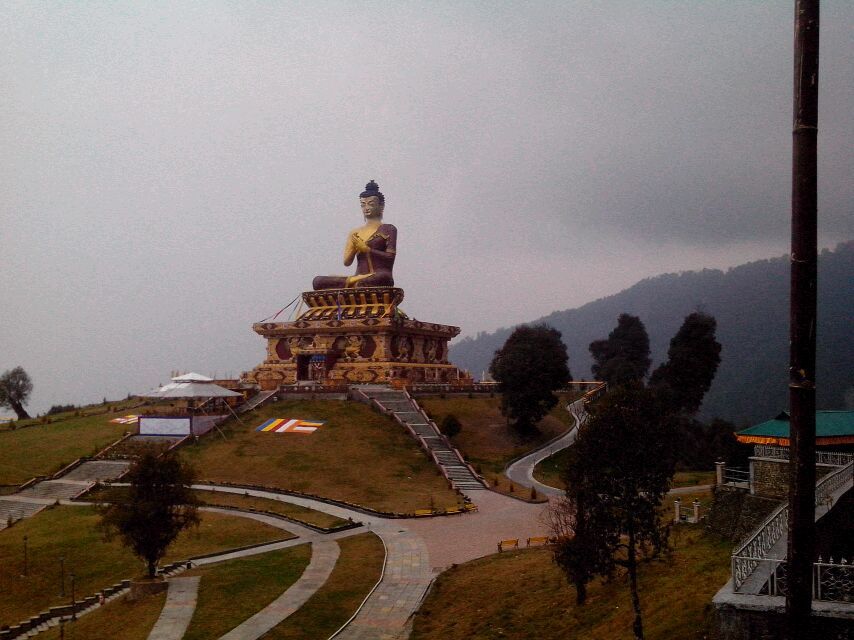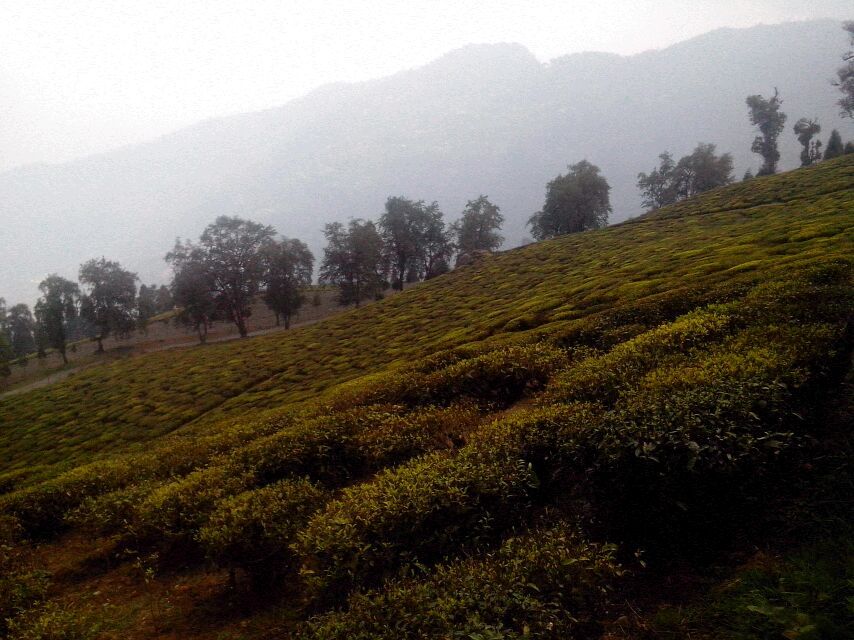Draksharama is a temple in East Godavari District, Andhra Pradesh in South India. Draksharama temple is one of the Five Powerful temples of Lord shiva, known as Pancharama Kshetram
The Siva deity is known as Bhimesvara Swamy. The temple is situated on the eastern bank ofGodavari River. The consort of Lord Bhimesvara is Manikyamba. According to local belief theSiva linga at the temple was installed and established by the god Surya. Maha Shivaratri, Devi Navaratrulu, Karthika Masam, and Dhanurmasam are the main festivals celebrated at this temple.
According to local legend, the temple was built by angels in one night. The construction of the perimeter wall could not be completed before sunrise and still stands incomplete. Several attempts have been made to construct the uncompleted part of the wall but all those efforts have failed with the constructed wall collapsing within a few months.
As per the Government of India, the temple construction was started in mid 800 AD and completed somewhere around the 11th century. The construction of the temple is a marvel, consisting of a two-staired mandapa and two walls, one inside of the other. The inner temple (Garbhaalaya) made it a very profound and cultural work of architecture in those times. Its architecture is still a library for students of architecture. The ventilation of the inner temple is impressive. The temple is always full of light and air with very good ventilation. The temple's two-stair mandapa is impressive, and the pillars in the temple are skillfully and delicately carved. Many Shasanas (Official & Historical Registry Chronicles) have been written on the stone walls of the temple from time to time, from legions of Chola & Sathavahanas to Vijayanagra & Reddy Kingdoms that ruled over centuries. The scripts are Dravidian, Tamil, Devanagri, and Telugu scripts in both Sanskrit and Telugu languages.
108 Shivite temples were built after 800 around this temple in a radius of 40 kilometers. Somepurohits have this list.
The village is called Dakshina Kasi. The Siva Linga in this temple is said to be one large crystal which is 2.6 meters high. Shiva is accompanied by Dakshayani, who is the first wife of Shiva (also the daughter of Daksha, and therefore named Dakshayani). Manikyamba goddess, said to be one part of the 18 pieces of Sati Devi that fell here, is a Shakti Peetha. It has one of the world's longest siva linga.
The inner sanctorium has a pedestal built for the archakas to perform rituals. The inner sanctorium is very dark, so much that one cannot see without a some sort of light. Legends say that the inner walls of the temple were once filled with diamonds that provided the required light. When Aurangazeb invaded the temple to plunder the riches, all the diamonds turned to stones. Archakas show the walls adorned with diamond-shaped rocks as proof of this.
There is another small temple within the main temple. One legend says that as ages go by, the height of humans would reduce to such an extent that the current temple would become a huge gigantic structure, and hence another temple was built for the tiny people of the future. Another legend says that the tiny temple is for the tiny creatures that inhabit the land. And some say that it's the prototype of the temple.
DRAKSHARAMA BHIMESVARA SATAKAM :-
Acharya Vemu Laxminarayana Subrahmanya Bhimashankaram wrote collection of poems called Shivananda Mandahasam in 2004 andDaksharama Bhimesvara Satakam in 2006.
PHOTOS :-
Main entrance to the Bhimeswara Swamy temple (view from inside the temple):-

Draksharama Temple Complex :-

A view of west Gopuram at Draksharamam :-

Draksharama temple compound :-
Temple gopuram:-
Pond near the temple at Draksharamam :-
A view of Temple Walls at Draksharamam :-

Pond near the temple at Draksharamam:-

Draksharama temple entrance arch :-
Credit :- https://en.wikipedia.org/wiki/Draksharama












































